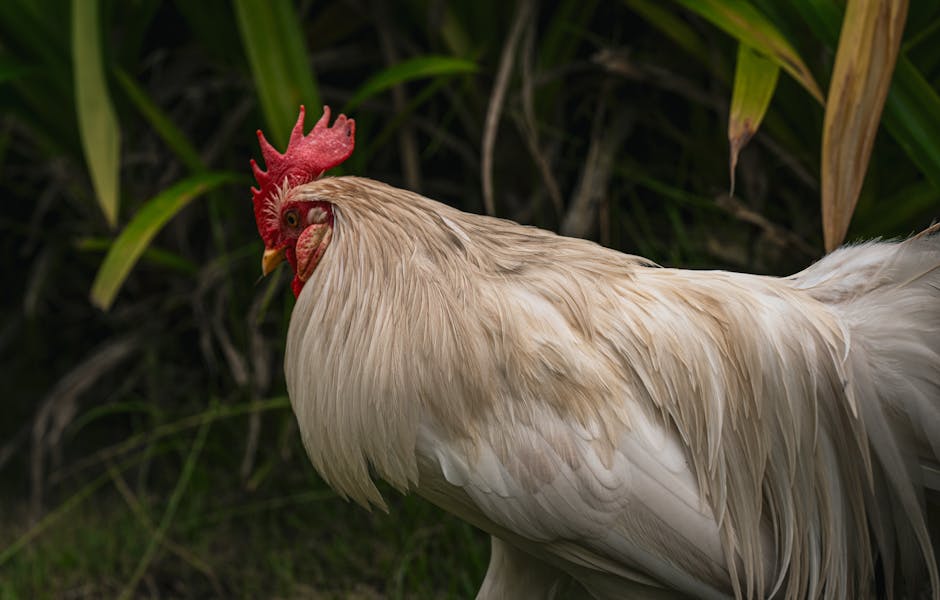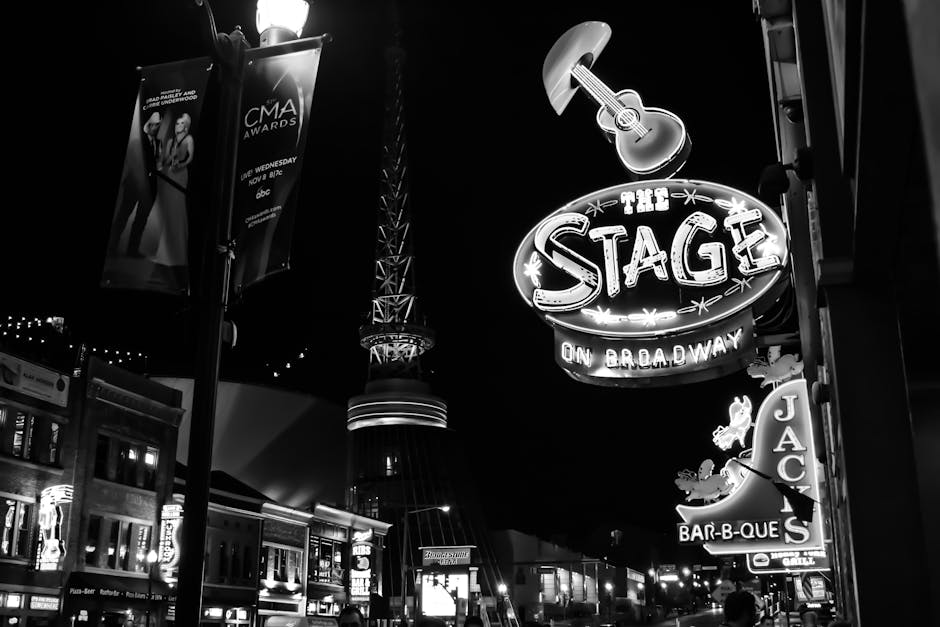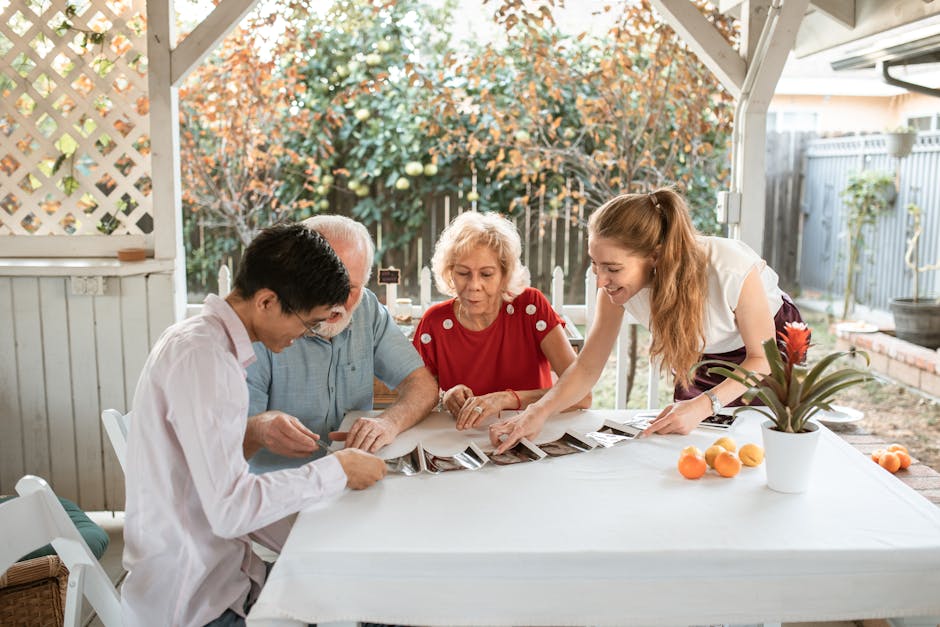Outdoor Staging Tips for Better Photos
When it comes to capturing the beauty of outdoor spaces, whether it’s a backyard garden, a stunning landscape, or a cozy patio, staging plays a crucial role in creating visually appealing and captivating photos. Whether you’re a professional photographer looking to enhance your outdoor photography skills or an amateur enthusiast wanting to take better pictures of your outdoor spaces, understanding the art of outdoor staging can make a significant difference in the quality of your photos.
Outdoor staging goes beyond just setting up a scene; it involves carefully arranging elements, considering lighting conditions, and utilizing props to create a compelling visual story. In this comprehensive guide, we will explore various outdoor staging tips that can help you take your outdoor photography to the next level. From choosing the right location to incorporating elements of design, we will delve into the intricacies of outdoor staging to help you capture stunning outdoor photos.
The Importance of Outdoor Staging

Outdoor staging is essential for creating visually appealing and engaging photos. Whether you’re capturing the beauty of a natural landscape or showcasing an outdoor living space, staging allows you to create a visually cohesive and aesthetically pleasing composition. By carefully arranging elements within the frame, you can draw the viewer’s eye to key focal points, control the visual flow of the image, and evoke specific emotions or narratives.
Good outdoor staging can make a significant difference in the overall impact of your photos. It can transform a mundane outdoor scene into a dynamic and captivating image that resonates with viewers. With the right staging techniques, you can highlight the unique features of your outdoor space, convey a specific mood or atmosphere, and tell a compelling visual story.
Choosing the Right Location

The first step in outdoor staging is selecting the right location for your photoshoot. The location sets the stage for the entire composition and can greatly influence the mood and style of your photos. When choosing a location, consider the following factors:
1. Natural Light
Natural light is one of the most important elements in outdoor photography. The quality, direction, and intensity of light can greatly impact the overall look of your photos. When selecting a location, consider the time of day and the position of the sun to make the most of natural light. Early morning and late afternoon are ideal times for outdoor photography, as the light is softer and more flattering.
2. Background and Composition
The background of your photos can either enhance or detract from the main subject. Look for backgrounds that are clean, uncluttered, and visually appealing. Pay attention to the composition of the scene, making sure that there are no distracting elements that take away from the main focal point.
3. Season and Weather
The season and weather conditions can also play a significant role in outdoor staging. Consider how the changing seasons can impact the look and feel of your outdoor space. Take advantage of seasonal elements such as blooming flowers in spring or colorful foliage in fall to add interest and vibrancy to your photos.
Creating Visual Interest

Once you’ve selected the right location, the next step is to create visual interest in your photos by incorporating elements of design and styling. Here are some tips to help you enhance the visual appeal of your outdoor photos:
1. Incorporate Texture and Layers
Texture adds depth and dimension to your photos, creating visual interest and tactile appeal. Experiment with different textures such as wood, stone, fabric, and plants to add richness and variety to your outdoor scenes. Layering different textures can also create a sense of depth and complexity in your photos.
2. Use Color to Create Impact
Color plays a crucial role in setting the mood and tone of your photos. Choose a color palette that complements the natural surroundings and creates a harmonious visual composition. Bold, contrasting colors can create a striking impact, while soft, muted tones can evoke a sense of tranquility and serenity.
3. Pay Attention to Scale and Proportion
Scale and proportion are important considerations in outdoor staging. Make sure that the size of objects within the frame is balanced and proportional to create a visually pleasing composition. Experiment with different scales to add visual interest and create a sense of depth in your photos.
Using Props and Accessories

Props and accessories can play a key role in enhancing the visual appeal of your outdoor photos. By carefully selecting and arranging props, you can add personality, style, and storytelling elements to your compositions. Here are some tips for using props effectively in outdoor staging:
1. Choose Props That Complement the Scene
When selecting props, choose items that enhance the overall theme and style of your outdoor space. Consider the mood and atmosphere you want to convey and select props that align with that vision. Avoid cluttering the scene with too many props; instead, focus on a few key pieces that add interest and character.
2. Use Props to Create Visual Flow
Props can be used to guide the viewer’s eye through the composition and create a sense of movement and rhythm. Place props strategically to create a visual path that leads the viewer from one point of interest to another. Consider the placement of props in relation to the main subject to create a balanced and harmonious composition.
3. Incorporate Natural Elements
Natural elements such as plants, flowers, and rocks can serve as effective props in outdoor staging. They add a touch of authenticity and organic beauty to your photos. Use natural elements to frame the main subject, add color and texture, and create a sense of connection to the outdoor environment.
Playing with Perspective and Angles
Experimenting with different perspectives and angles can add visual interest and dynamism to your outdoor photos. By changing your vantage point and viewpoint, you can create unique compositions that highlight the beauty and character of your outdoor space. Here are some tips for playing with perspective and angles in outdoor staging:
1. Shoot from Different Heights
Don’t be afraid to get low or high to capture interesting perspectives of your outdoor space. Shooting from a low angle can add a sense of drama and grandeur, while shooting from a high angle can provide a bird’s eye view of the scene. Experiment with different heights to discover new and creative ways to showcase your outdoor space.
2. Explore Different Angles
Change the angle of your camera to capture the scene from various perspectives. Experiment with shooting from the side, above, below, or diagonally to create dynamic compositions. Consider the lines, shapes, and patterns within the frame and use them to guide the viewer’s eye through the image.
3. Use Leading Lines and Framing
Leading lines and framing are powerful compositional techniques that can draw the viewer’s eye to the main subject and create a sense of depth in your photos. Look for natural lines such as paths, fences, or tree branches that lead towards the focal point. Use elements in the environment to frame the subject and create a sense of enclosure and focus.
Editing and Post-Processing
Post-processing is an essential step in enhancing the quality and visual impact of your outdoor photos. Editing allows you to fine-tune the colors, contrast, exposure, and composition of your images to create a polished and professional look. Here are some tips for editing and post-processing your outdoor photos:
1. Adjust Color and Exposure
Use editing software to adjust the color balance, saturation, and exposure of your photos to achieve the desired look and mood. Fine-tune the colors to create a cohesive color palette and enhance the visual impact of your images. Adjust the exposure to balance the highlights and shadows and bring out the details in your photos.
2. Crop and Straighten
Cropping and straightening can help improve the composition and framing of your photos. Use the cropping tool to remove distracting elements, focus on the main subject, and create a more balanced composition. Straighten the horizon line and correct any crooked angles to create a clean and polished look.
3. Enhance Details and Sharpness
Enhancing the details and sharpness of your photos can make them more visually appealing and engaging. Use sharpening tools to enhance the clarity and definition of textures and patterns in your photos. Increase the contrast and clarity to make the details stand out and create a more dynamic and impactful image.
To Wrap Things Up
Outdoor staging is a powerful tool for creating visually stunning and compelling photos. By carefully considering the location, incorporating elements of design, using props and accessories, experimenting with perspective and angles, and editing your photos, you can elevate the quality of your outdoor photography and capture the beauty of outdoor spaces in a captivating way. Whether you’re a professional photographer or an amateur enthusiast, mastering the art of outdoor staging can help you take your outdoor photos to the next level and create images that resonate with viewers.




